Norcal economics - 12 original photos from Dec 2017
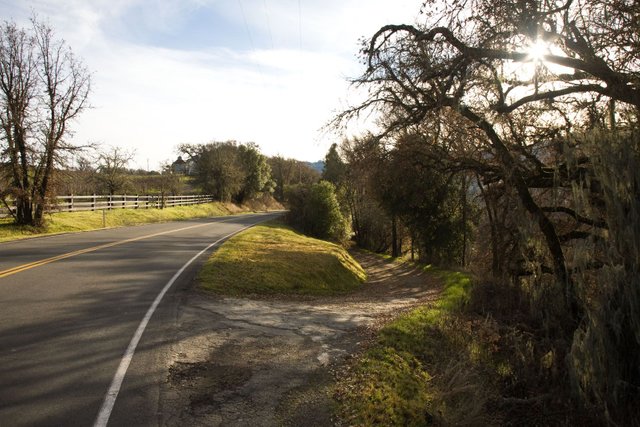
On the way back from SF we took Old River Road. After a couple hours in the tenderloin district we were probably both a little shocked. So many people, so much activity, much frantic. Its always nice to be with the pears.
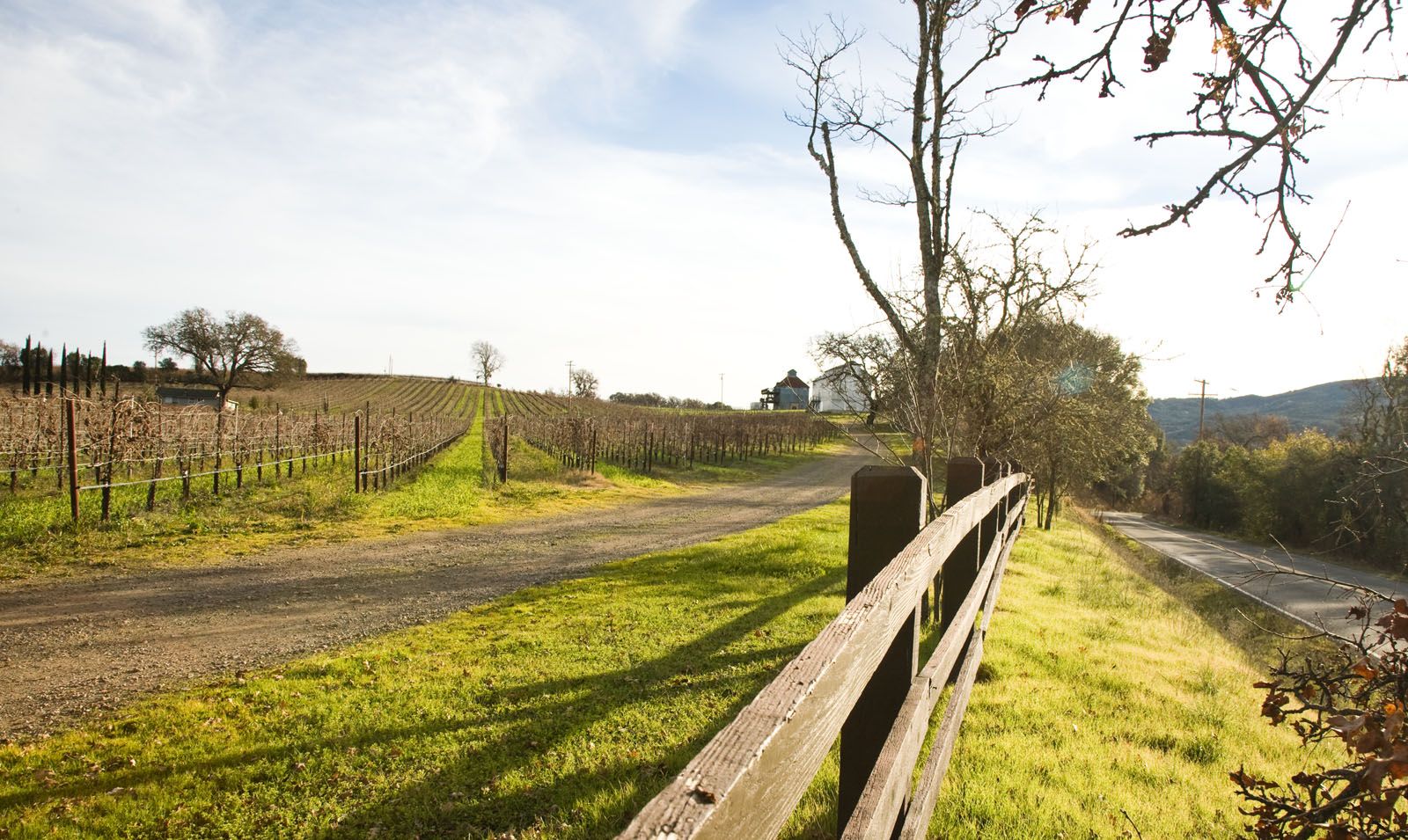
People with savings are looking for anything to store wealth in a non-deflationary manner. As the purchasing power of the dollar drops, finding something that holds purchasing power as constant is a minimum goal. Many choose agriculture, even still in northern California.
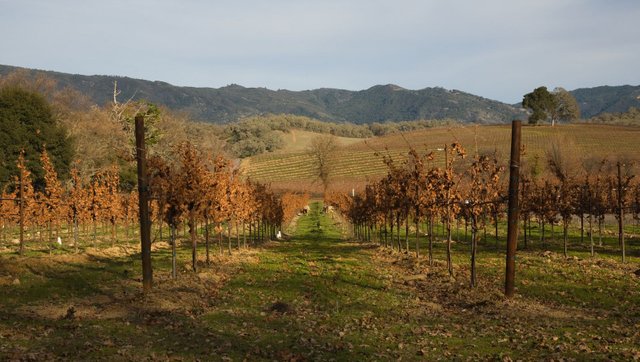
Grapes at 4 tons per acre wholesale at $750 per ton.
Pears yield 10 tons per acre with a 2012 wholesale price of $650 per ton.
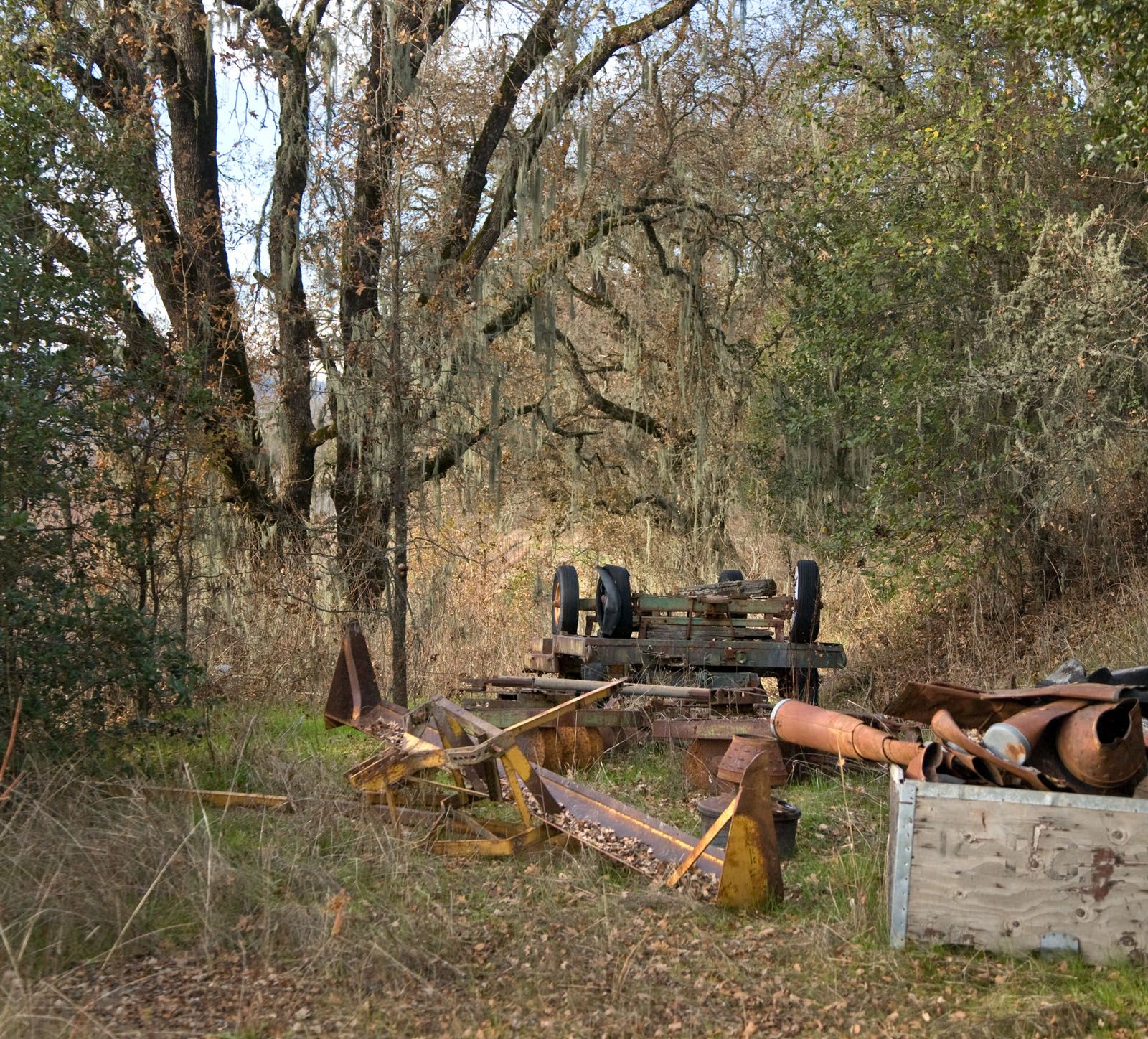
But as always, my economic warnings indicator buttons fly off the handle when I see expensive and broken equipment.

UCDavis estimated pears at 200 labor hours per acre. Apart from the initial investment, and annual input costs of say $100 per ton, this leaves $500 per ton to pay labor and profits. So $5000 is paying for 200 labor hours and all other expenses. At $20 per hour, that leaves about $1000 per acre to pay for mortgages and trucks. (aka why illegal immigration / cheap labour is so important).
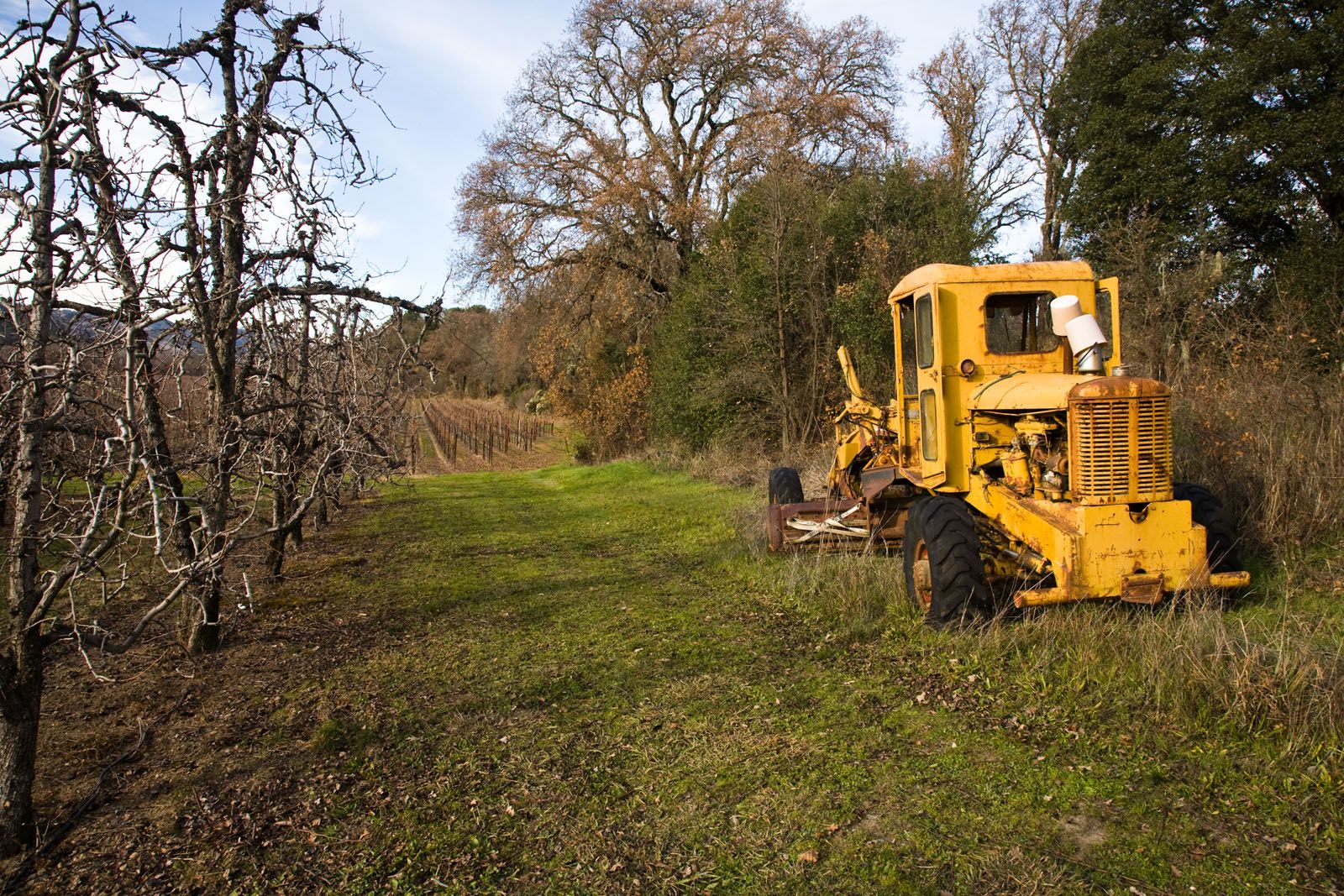
Acres of good (dry) farmland in Alberta 15 years ago were selling for about $1000 each. Land that could grow potatoes would fetch between $3000 and $7000, cherry orchards in BC would land about $15 000. Last I heard in California, investors were buying almond orchards to the tune of $50 000 per acre, the new super food. If they yield about $1000 per acre net profits (before trucks), then there is not much chance of paying off the loan, or, for the first 30 years, one works directly for the bank and hopes interest rates stay down under 5%. Its hard to believe that is potentially better than the stock market, given current price to earning ratios, yet this is actually real. Those are real rates of returns in agriculture today, and, more stunningly, they compare to actual returns from individual stocks excluding FAANG over the last five years.
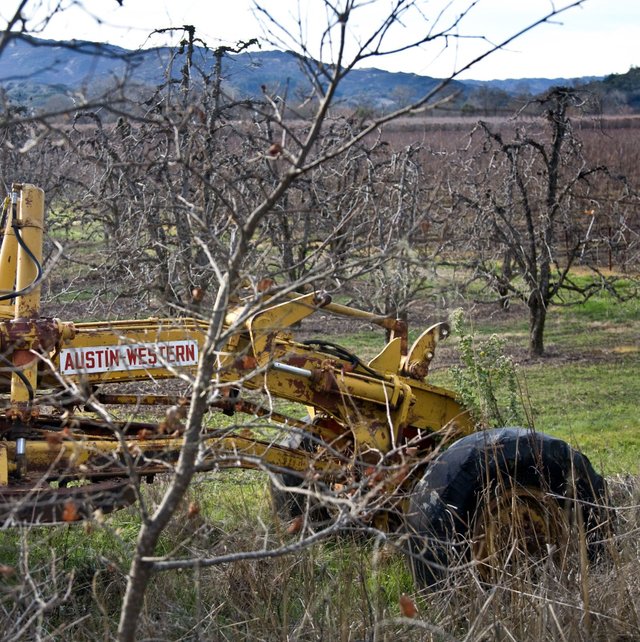
If the life cycle of the tree is 30 years, somewhere in there one needs to replant the entire orchard and wait 5 years for the first decent yield. And no one has paid for the trucks.
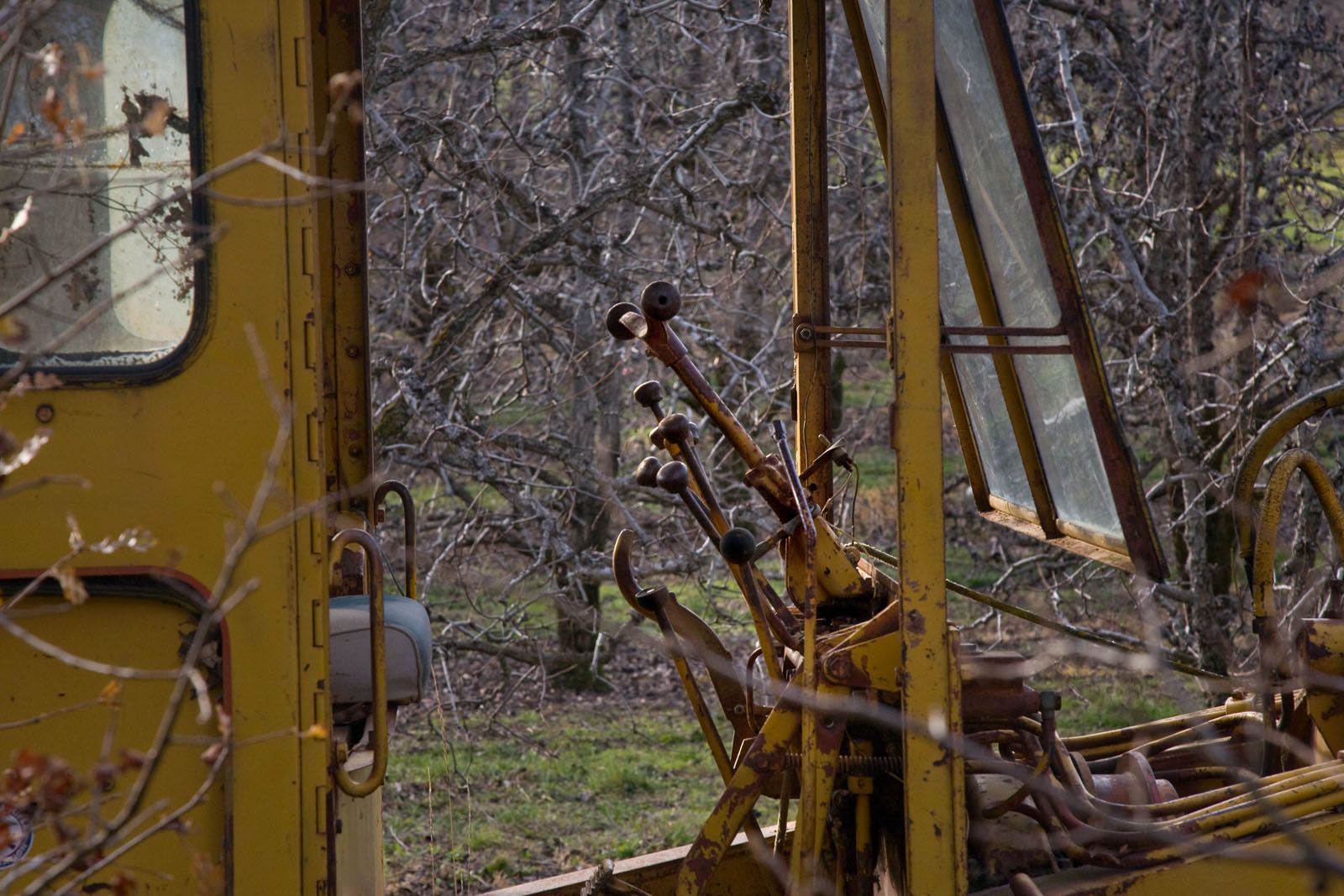
Typically, when a son takes over dad's farm, often they buy a new tractor or combine, like they need something to make their mark. This grader would cost say $300 000, with payments somewhere on the order of $10 000 per month. So now, how many acres are required to pay for just the grader?
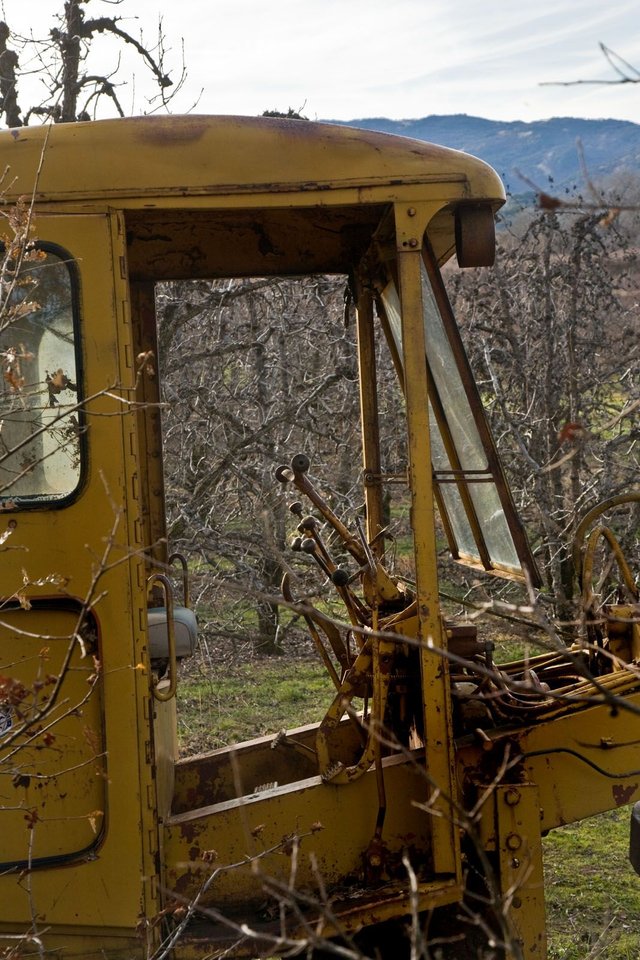
If dad gifts the entire enterprise to the next generation, and they don't immediately blow all future earnings on new equipment purchases, then maybe it can continue one more cycle.
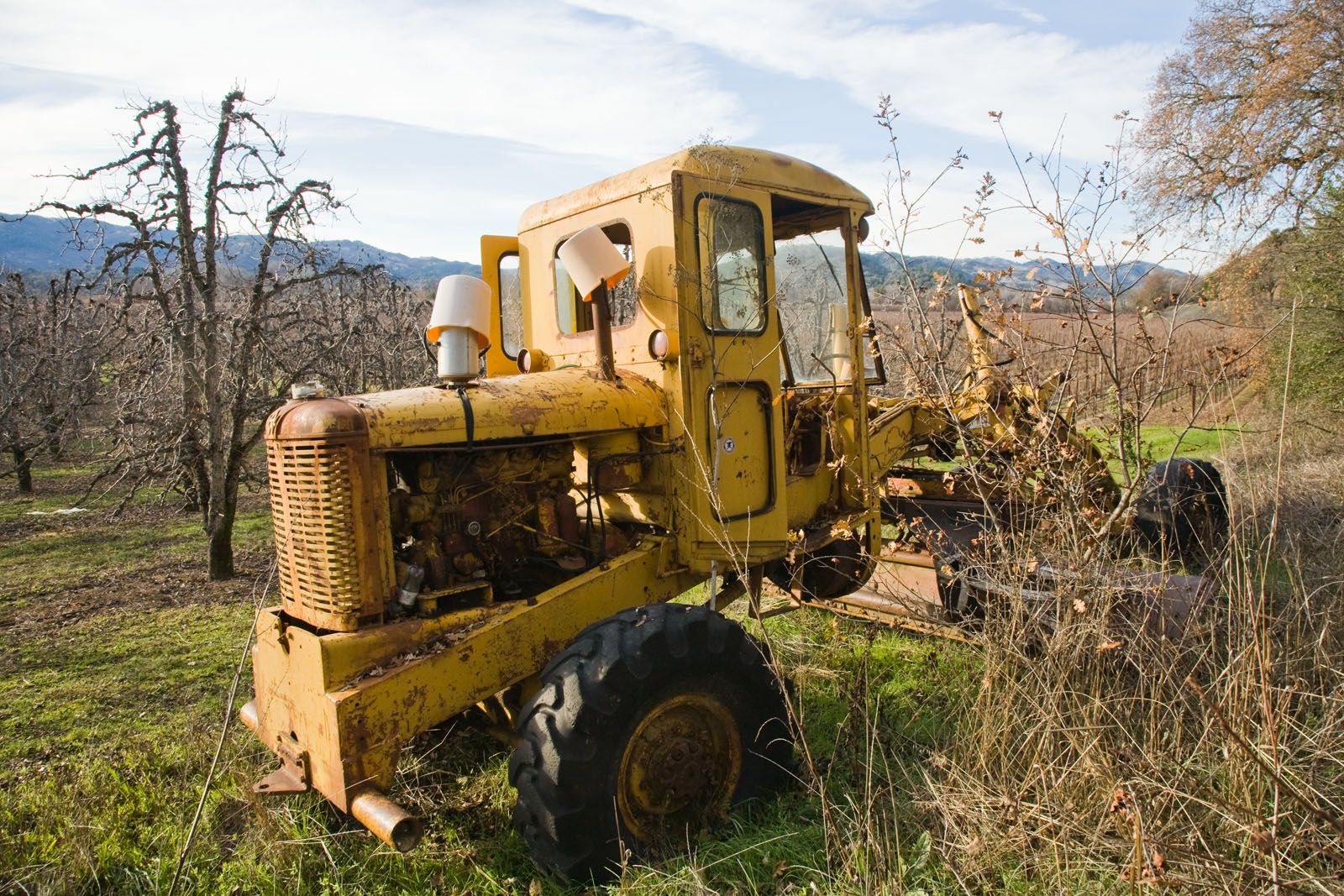
Here in Mendocino county, empty land is listed at $50 000 per acre, then to get permits to build anything, it will be at least another $50 000 before any construction begins. So $300 000 down with no gear purchased, no house, no irrigation.
It seems that farmers just want to grow and not bother with sales, and that is why their model sucks. 80% of our business is still sales, in 10 years it may drop to 50%, but for us to just answer the phone to find work will probably never happen. And same with farming.
Many competent farmers really struggle to make farming pay. To get rolling as a photographer is almost the same as starting a family farm: without a giant trust fund, survival always comes down to sales and marketing. It is so clearly not about having the very best product, instead it is really about selling the job and actually collecting a check. Quality has to be there, but top quality does not seem the foundation of professional architectural photography, nor the foundation of agriculture.
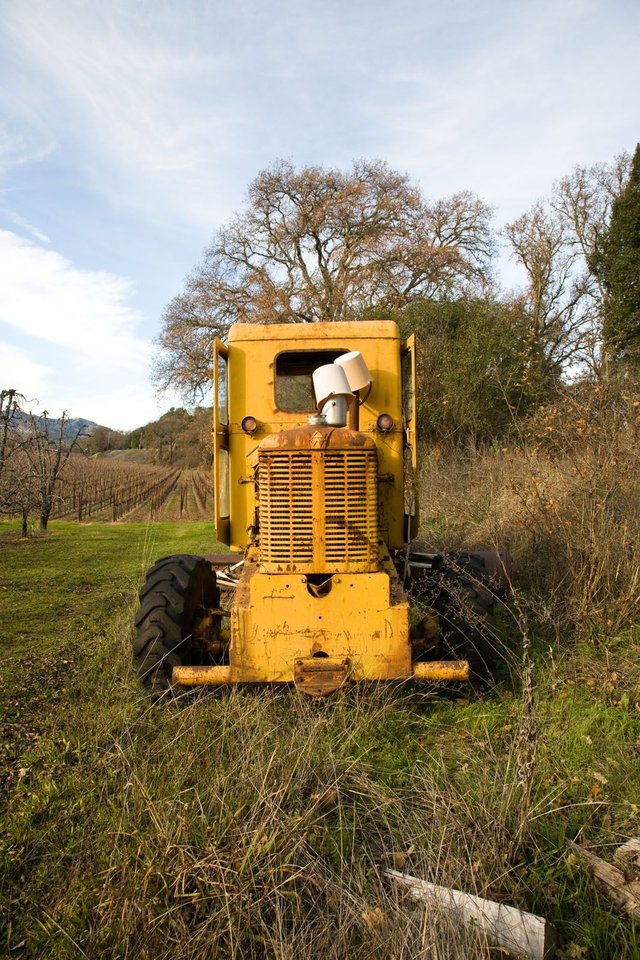
My heart is still in agriculture, but currently there are some huge barriers to entry. There is a new opportunity that went legal on Monday, its something to which I am intimately connected now and have explored the economics of very intensely. To me, the viability of that industry again comes down to sales and marketing.
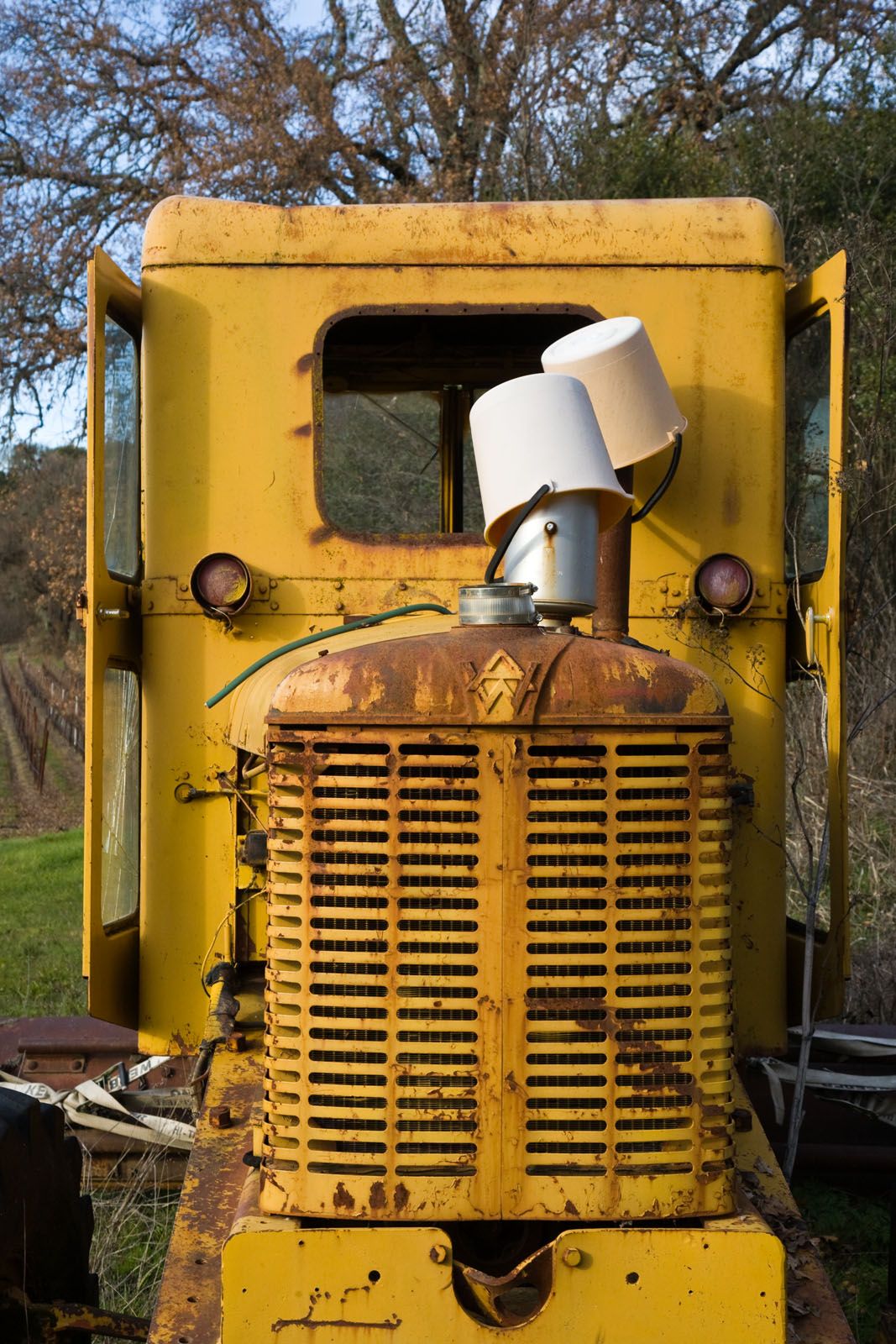
©2017 ramsayphotography
Absolutely beautiful article @voder. I love the images. It's difficult to speak about the agricultural economy of Northern California without a deep dive into the economics of cannabis, which is the explosive crop by GDP and the reason for increasingly high cost per acre of land. Interestingly enough, a number of blockchain startups are sprouting up around the cannabis industy, including Tokes (http://tokesplatform.org/cannarev/) and a few others.
Thanks for the great compliment! I wrote a little about the cannabis industry including some of the land cost questions here. The land cost where weed grows well is certainly worth a ton, and its effect on other agricultural land is going to happen since it can now be grown right by the road. We saw a crop in Oregon like that this summer. Crazy to see.
Congratulations @voder, this post is the fifth most rewarded post (based on pending payouts) in the last 12 hours written by a User account holder (accounts that hold between 0.1 and 1.0 Mega Vests). The total number of posts by User account holders during this period was 4208 and the total pending payments to posts in this category was $11691.30. To see the full list of highest paid posts across all accounts categories, click here.
If you do not wish to receive these messages in future, please reply stop to this comment.